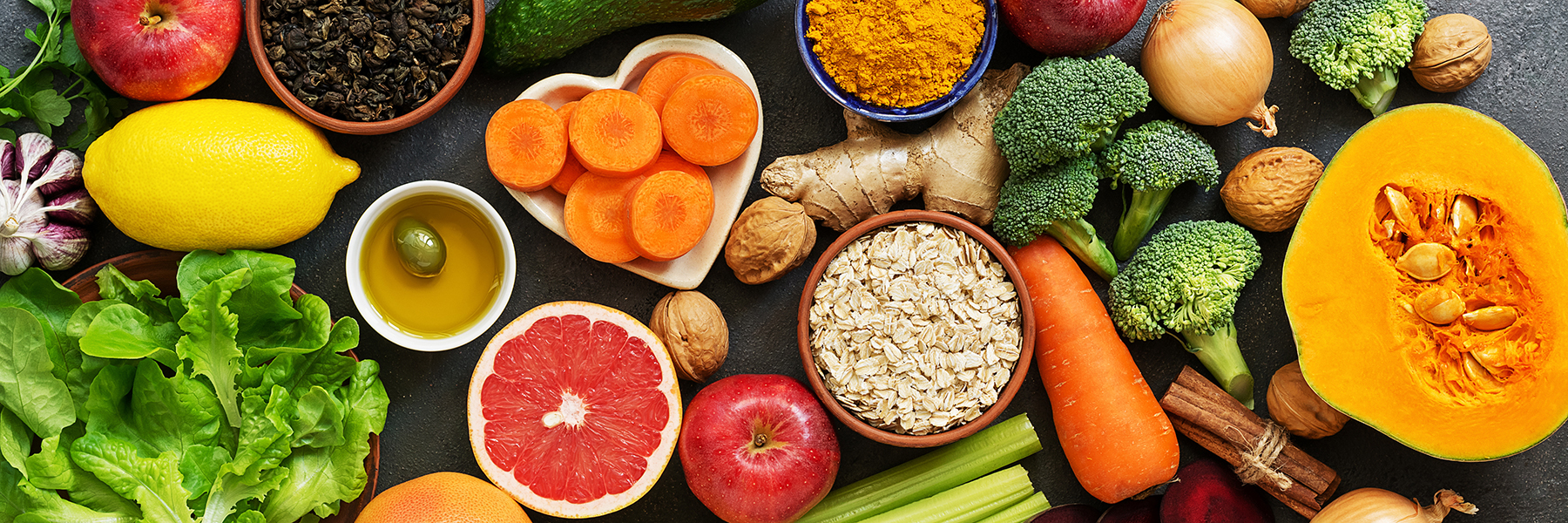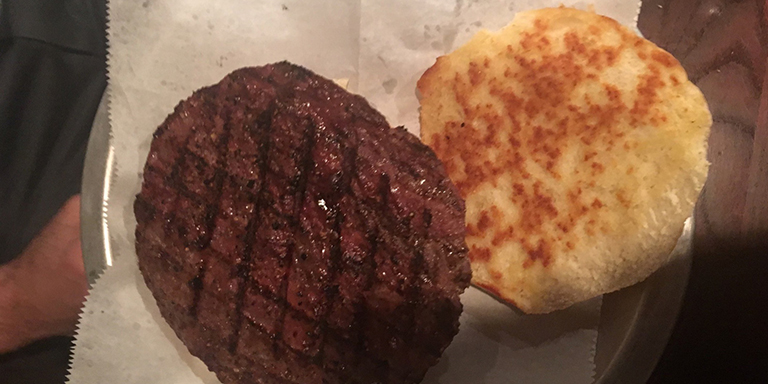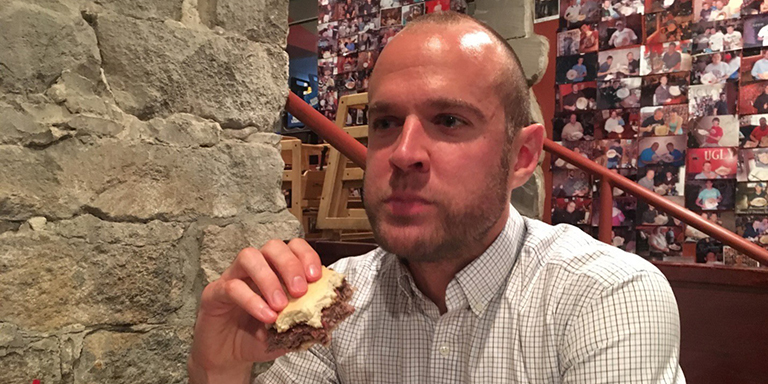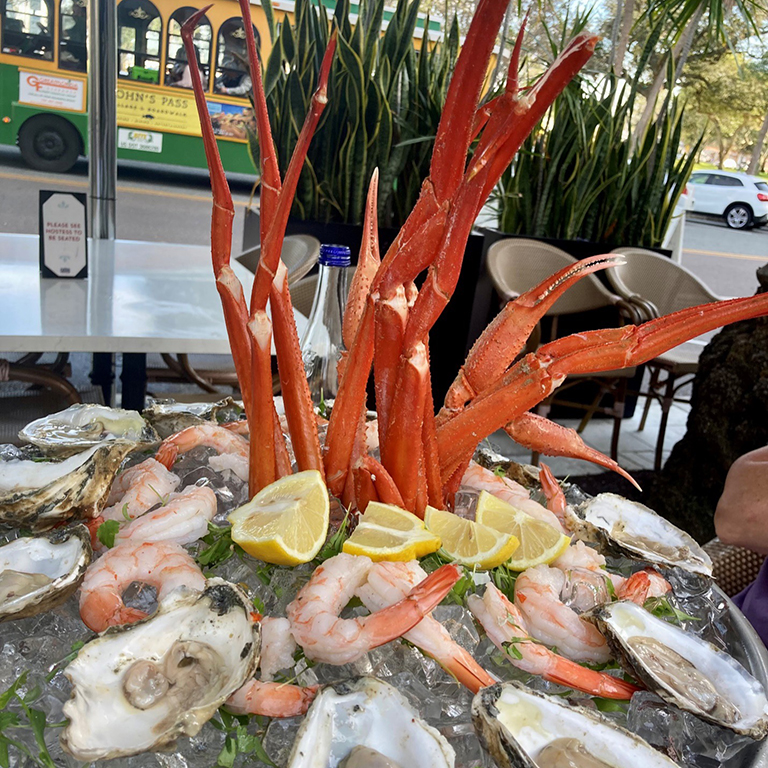Q: It’s January, that time of year so many of us think about how to make lasting dietary modifications. What are some simple ways people can easily diversify their diets?
A: It’s important to know yourself. Everyone is different in terms of what motivates them and how to go about making changes. Some people can make changes that rely on moderation, while others may benefit from an all or nothing approach. For example, one person may be able to reduce their sugar intake by having only one small piece of candy each day, while another person may need to cut it out entirely to be successful. Whichever path you choose, it’s important that it’s something you can sustain for the long run. Be realistic with your goals, but also realize that you might be able to accomplish more than you think.
There are pros and cons to having a large variety of foods in one’s diet. On the plus side, it can help to ensure you’re consuming a good balance of nutrients. Consuming a variety of plant foods can also help to promote a healthy gut microbiome. Whole plant foods contain prebiotic fibers, and eating a variety of plants promotes a variety of beneficial gut bacteria species. On the downside, sometimes too much variety can make it difficult to stay on track with healthy eating. Some people may benefit from having more structure to the foods and meals they eat over the course of the day or week. Having some consistency with go-to healthy meals and snacks may make it easier to stay on track with healthy eating.
Left: Steven kayaking with his love, Heather. Right, top: The family’s cat, Linus. Right, bottom: A view of the beach vista during a beach polo game at St. Pete Beach in Florida.
Q: What do you tell non-cooks about creating better balanced habits?
A: People are often surprised that it doesn’t require much, if any, cooking skills to construct a healthy meal. Even if you know how to cook, you may not always have the time to commit to it. For all of us, it’s worth having a plan to eat healthy when cooking isn’t realistic. A healthy meal is generally going to include a healthy protein and carbohydrate, and ideally some vegetables too. The carbohydrate could be as simple as some fruit or air-popped popcorn, while the protein could be some yogurt or a couple boiled eggs. Adding some vegetables to the mix could include having a salad from a bagged salad mix or grabbing some baby carrots and dipping them in hummus.
Q: Rapid fire scenarios:
- Scenario one: You’re stuck at an airport overnight. What do you eat?
A: I might browse around to see what’s available in the airport, but there’d be a good chance I’d not eat anything. I’ve gone through various parts of my life on a very-low-carb, ketogenic diet, which I think has helped me be able to go longer stretches of time without eating relatively easily. - Scenario two: You’re at a conference in an area that only seems to have fast food options. What do you look for (a specific place and/or dish)?
A: I’d probably try to stay at a hotel that has a kitchen or at least a refrigerator so I could make my own meals. I’d either go to the local grocery store myself or utilize a grocery delivery service to have groceries delivered to my hotel. - Scenario three: You can only eat one meal or dish for the rest of your life. What are you choosing?
A: A good steak and glass of wine.











